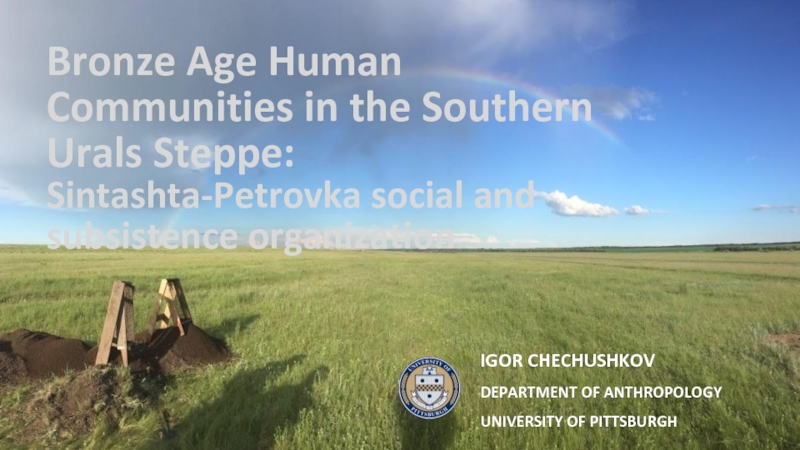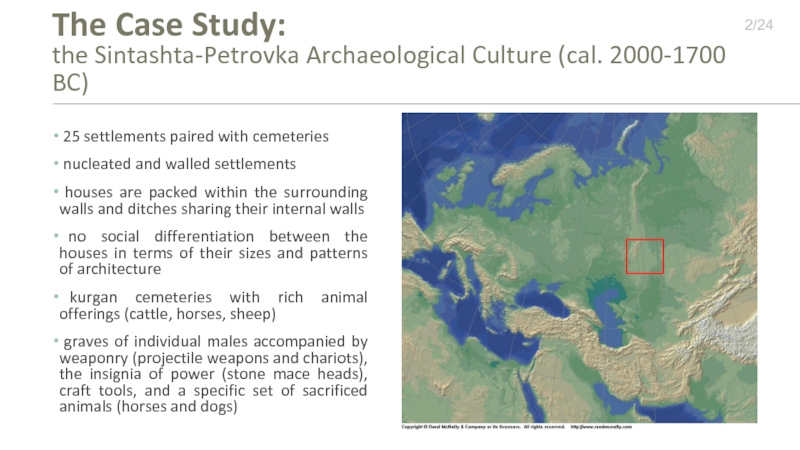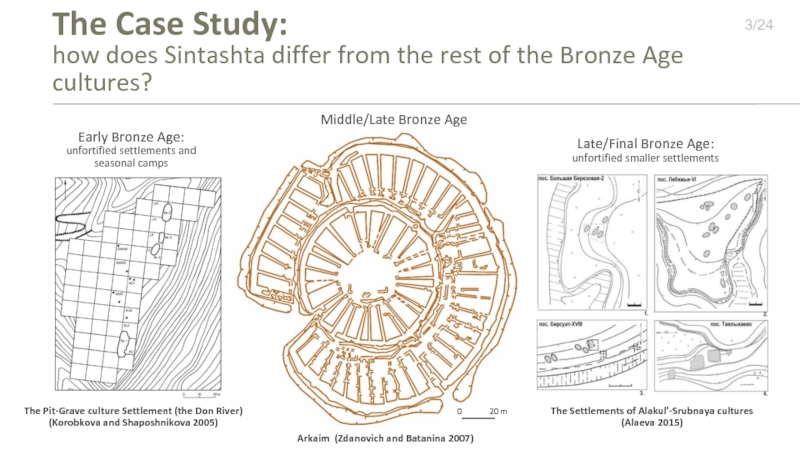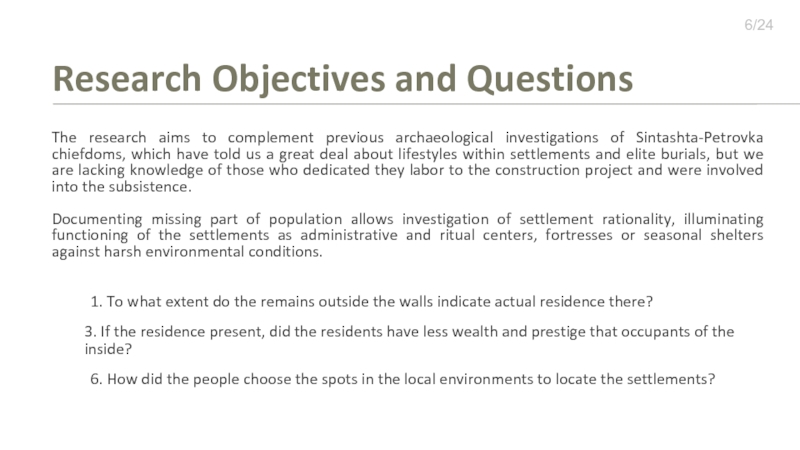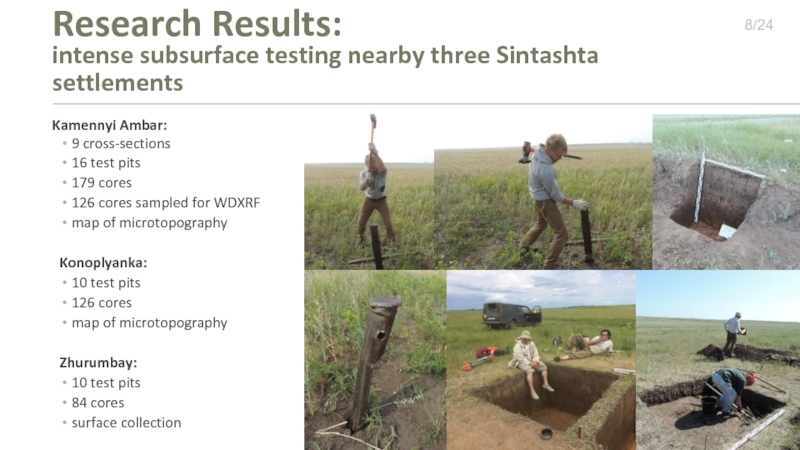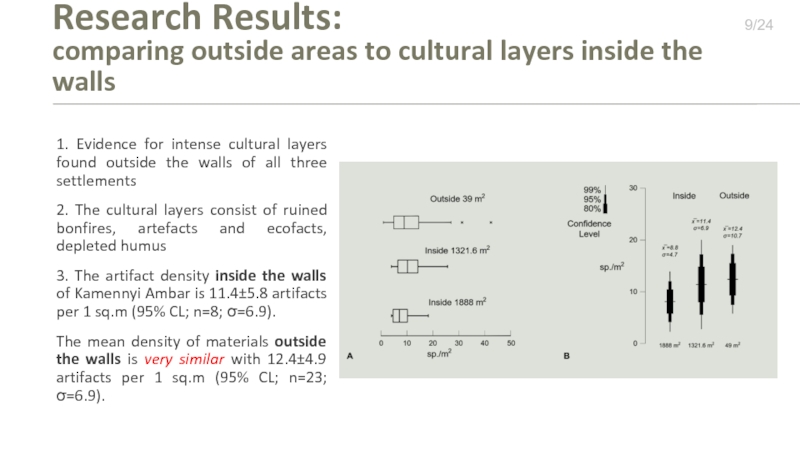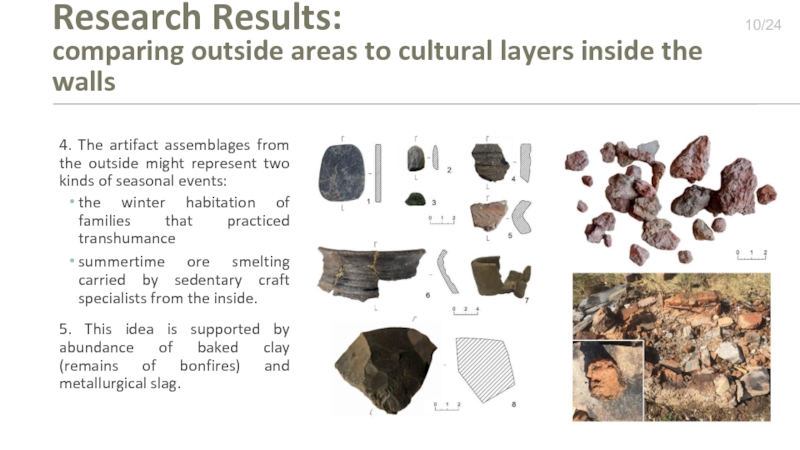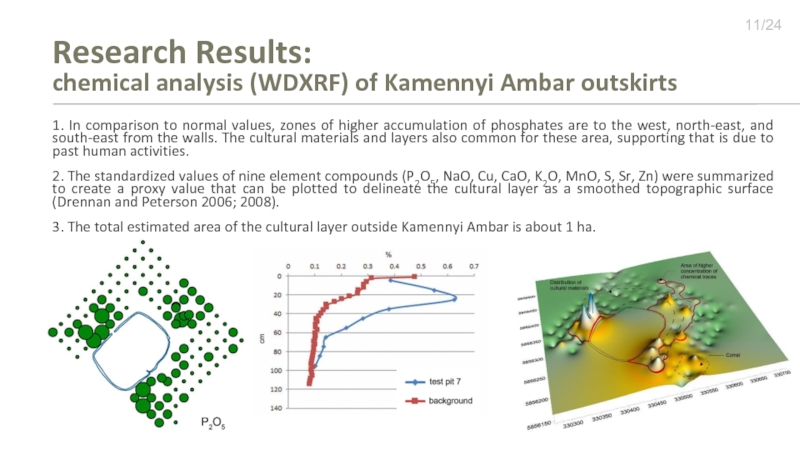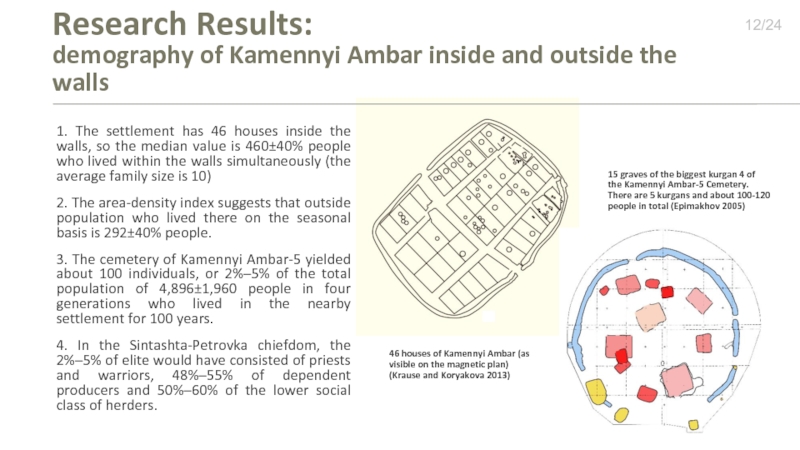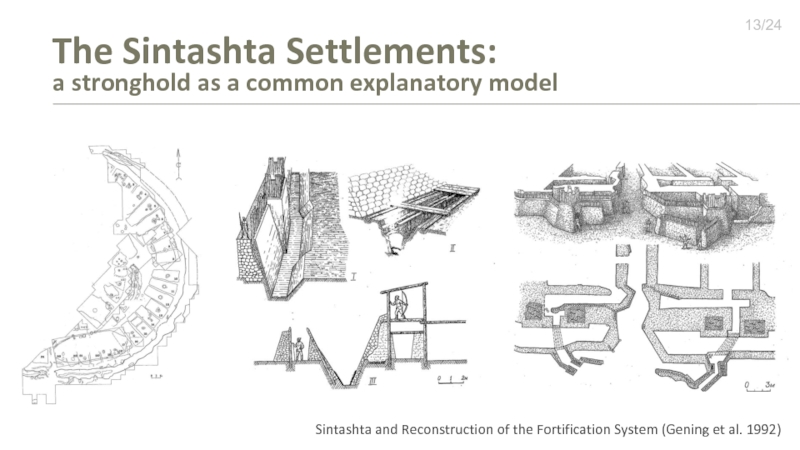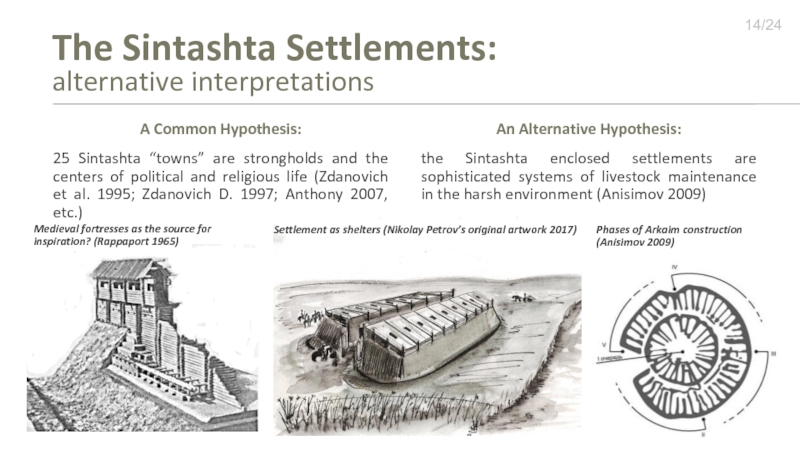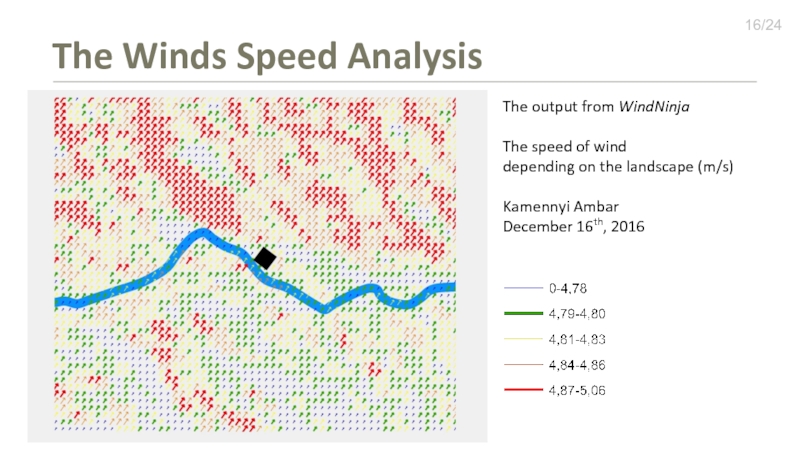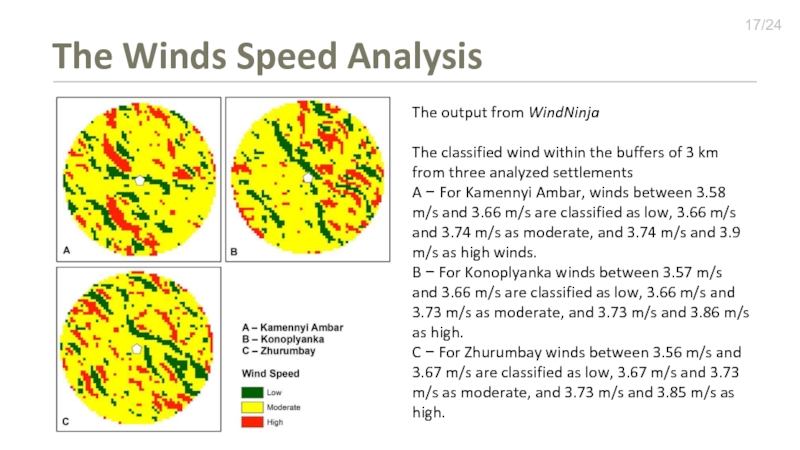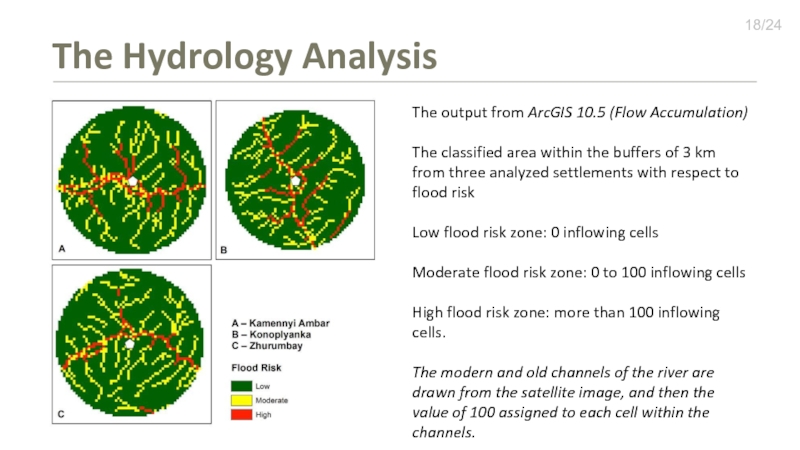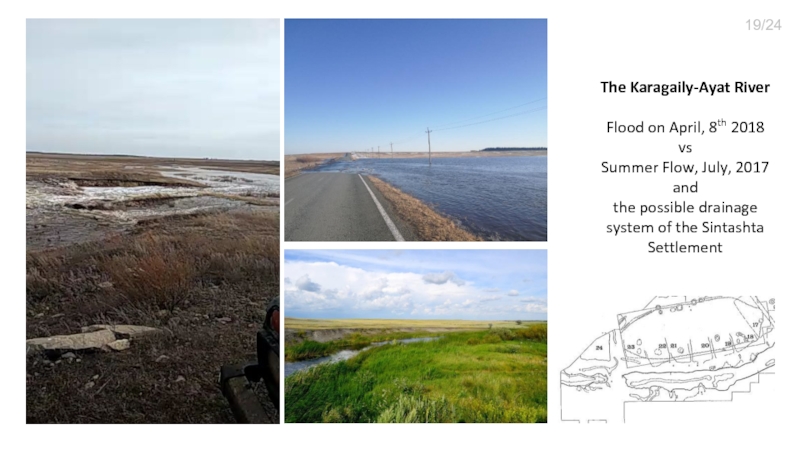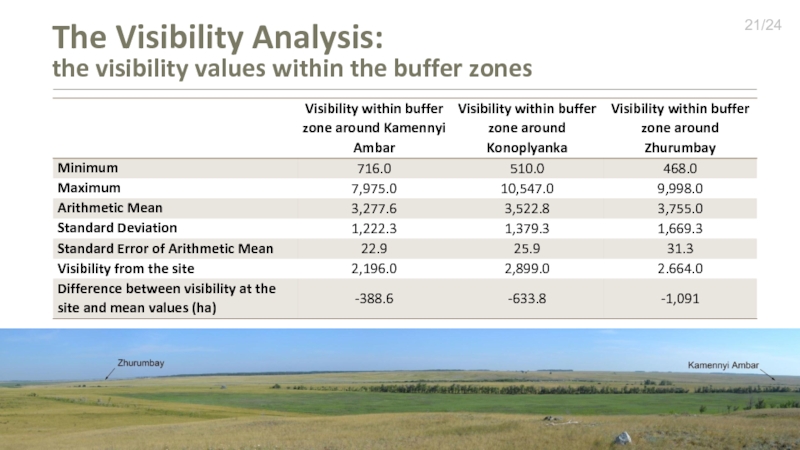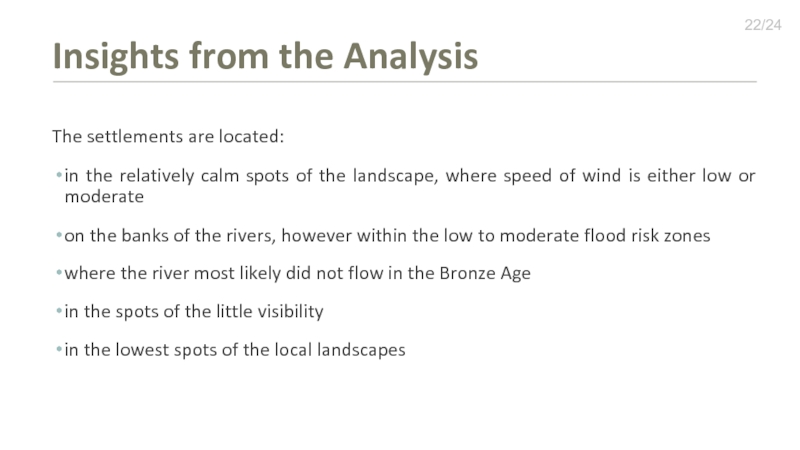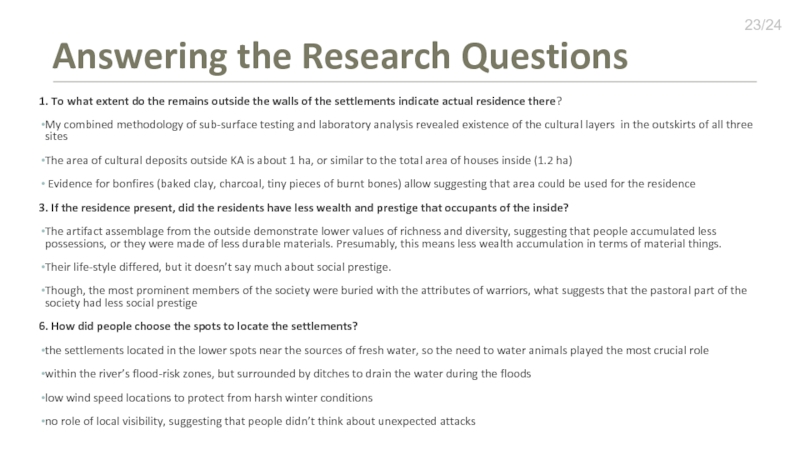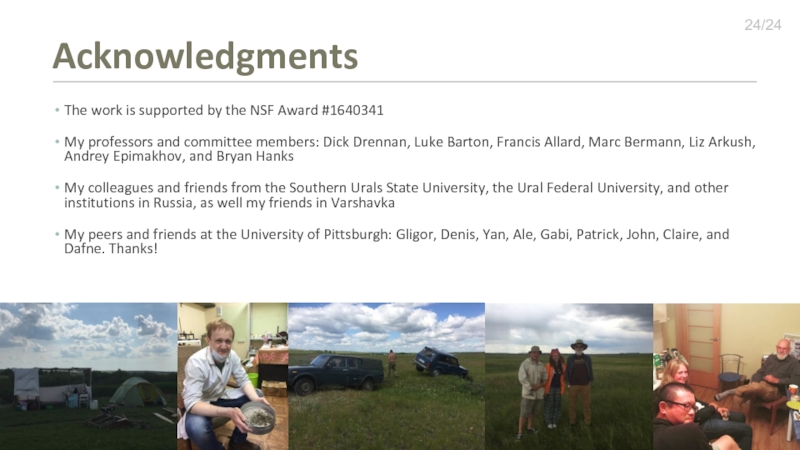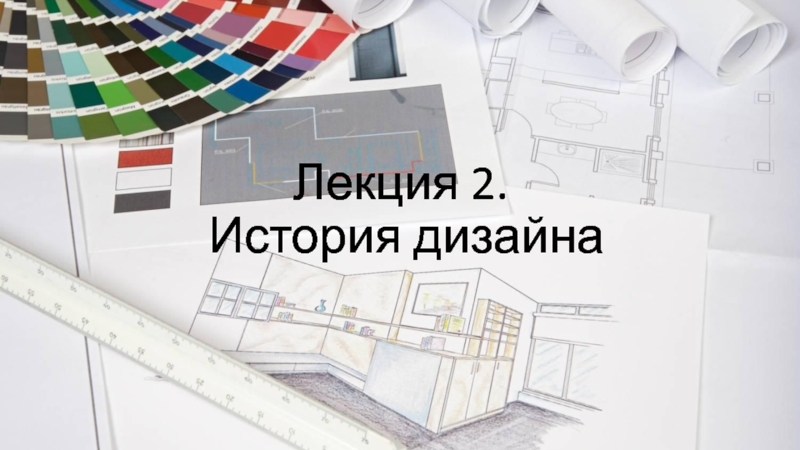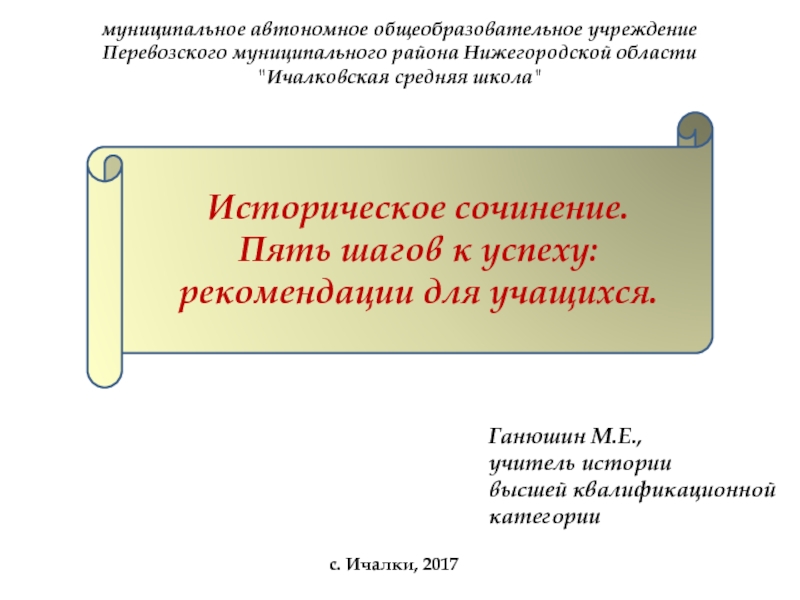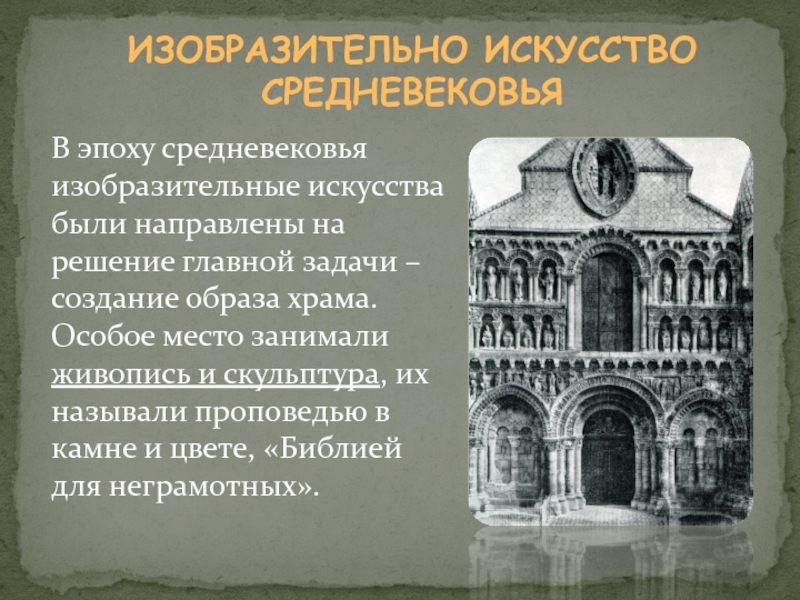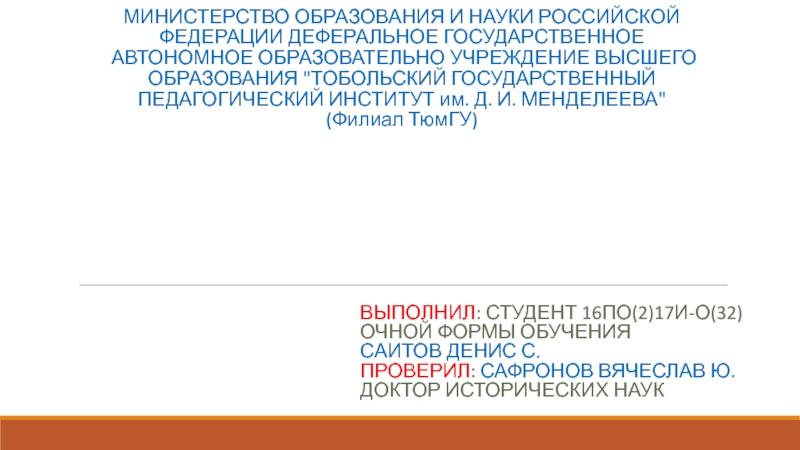IGOR CHECHUSHKOV
DEPARTMENT OF ANTHROPOLOGY
UNIVERSITY OF PITTSBURGH
- Главная
- Разное
- Дизайн
- Бизнес и предпринимательство
- Аналитика
- Образование
- Развлечения
- Красота и здоровье
- Финансы
- Государство
- Путешествия
- Спорт
- Недвижимость
- Армия
- Графика
- Культурология
- Еда и кулинария
- Лингвистика
- Английский язык
- Астрономия
- Алгебра
- Биология
- География
- Детские презентации
- Информатика
- История
- Литература
- Маркетинг
- Математика
- Медицина
- Менеджмент
- Музыка
- МХК
- Немецкий язык
- ОБЖ
- Обществознание
- Окружающий мир
- Педагогика
- Русский язык
- Технология
- Физика
- Философия
- Химия
- Шаблоны, картинки для презентаций
- Экология
- Экономика
- Юриспруденция
Bronze Age Human Communities in the Southern Urals Steppe: Sintashta-Petrovka social and subsistence organization презентация
Содержание
- 1. Bronze Age Human Communities in the Southern Urals Steppe: Sintashta-Petrovka social and subsistence organization
- 2. The Case Study: the Sintashta-Petrovka Archaeological
- 3. The Case Study: how does Sintashta
- 4. Sintashta-Petrovka settlements embankments, ditches and houses with
- 5. Elite Mortuary Rituals: chariots, weapons and
- 6. Research Objectives and Questions The research aims
- 7. Research Methodology 1. Focus on nearby areas
- 8. Research Results: intense subsurface testing nearby three
- 9. Research Results: comparing outside areas to cultural
- 10. Research Results: comparing outside areas to cultural
- 11. Research Results: chemical analysis (WDXRF) of Kamennyi
- 12. Research Results: demography of Kamennyi Ambar inside
- 13. The Sintashta Settlements: a stronghold as
- 14. The Sintashta Settlements: alternative interpretations A
- 15. Methods to Test the Hypotheses Three settlements
- 16. The Winds Speed Analysis The output from
- 17. The Winds Speed Analysis The output from
- 18. The Hydrology Analysis The output from ArcGIS
- 19. The Karagaily-Ayat River Flood on April,
- 20. The Visibility Analysis The output from ArcGIS
- 21. The Visibility Analysis: the visibility values within the buffer zones /24
- 22. Insights from the Analysis The settlements are
- 23. Answering the Research Questions 1. To what
- 24. Acknowledgments The work is supported by the
Слайд 1Bronze Age Human Communities in the Southern Urals Steppe: Sintashta-Petrovka social
Слайд 2The Case Study:
the Sintashta-Petrovka Archaeological Culture (cal. 2000-1700 BC)
25
nucleated and walled settlements
houses are packed within the surrounding walls and ditches sharing their internal walls
no social differentiation between the houses in terms of their sizes and patterns of architecture
kurgan cemeteries with rich animal offerings (cattle, horses, sheep)
graves of individual males accompanied by weaponry (projectile weapons and chariots), the insignia of power (stone mace heads), craft tools, and a specific set of sacrificed animals (horses and dogs)
/24
Слайд 3The Case Study: how does Sintashta differ from the rest of
Early Bronze Age:
unfortified settlements and
seasonal camps
The Settlements of Alakul’-Srubnaya cultures
(Alaeva 2015)
Middle/Late Bronze Age
Arkaim (Zdanovich and Batanina 2007)
The Pit-Grave culture Settlement (the Don River)
(Korobkova and Shaposhnikova 2005)
Late/Final Bronze Age:
unfortified smaller settlements
/24
0 20 m
Слайд 4Sintashta-Petrovka settlements
embankments, ditches and houses with shared walls
Kamennyi Ambar (Krause and
Ust’ye (Hanks et al. 2013)
/24
Слайд 5Elite Mortuary Rituals:
chariots, weapons and outstanding animal sacrifice
Novoilinovsky Cemetery (Chechushkov
Sintashta Cemetery (Gening et al. 1992)
Kamennyi Ambar-5 Cemetery (Epimakhov 2005)
Sintashta Cemetery (Gening et al. 1992)
Krivoe Ozero Cemetery (Vinogradov 2003)
/24
Слайд 6Research Objectives and Questions
The research aims to complement previous archaeological investigations
Documenting missing part of population allows investigation of settlement rationality, illuminating functioning of the settlements as administrative and ritual centers, fortresses or seasonal shelters against harsh environmental conditions.
1. To what extent do the remains outside the walls indicate actual residence there?
3. If the residence present, did the residents have less wealth and prestige that occupants of the inside?
6. How did the people choose the spots in the local environments to locate the settlements?
/24
Слайд 7Research Methodology
1. Focus on nearby areas of three settlements in the
2. Intensive subsurface and surface testing, including:
cross-sectioning of slopes of natural ravines
core drilling
excavating of test pits
surface collection
total station surveys of microtopography
Konoplyanka, Zhurumbay and Kamennyi Ambar (left to right) as visible on magnetic plans (Krause and Koryakova 2013) and map of the valley
/24
Слайд 8Research Results:
intense subsurface testing nearby three Sintashta settlements
Kamennyi Ambar:
9 cross-sections
16 test
179 cores
126 cores sampled for WDXRF
map of microtopography
Konoplyanka:
10 test pits
126 cores
map of microtopography
Zhurumbay:
10 test pits
84 cores
surface collection
/24
Слайд 9Research Results:
comparing outside areas to cultural layers inside the walls
1. Evidence
2. The cultural layers consist of ruined bonfires, artefacts and ecofacts, depleted humus
3. The artifact density inside the walls of Kamennyi Ambar is 11.4±5.8 artifacts per 1 sq.m (95% CL; n=8; σ=6.9).
The mean density of materials outside the walls is very similar with 12.4±4.9 artifacts per 1 sq.m (95% CL; n=23; σ=6.9).
/24
Слайд 10Research Results:
comparing outside areas to cultural layers inside the walls
4. The
the winter habitation of families that practiced transhumance
summertime ore smelting carried by sedentary craft specialists from the inside.
5. This idea is supported by abundance of baked clay (remains of bonfires) and metallurgical slag.
/24
Слайд 11Research Results:
chemical analysis (WDXRF) of Kamennyi Ambar outskirts
1. In comparison to
2. The standardized values of nine element compounds (P2O5, NaO, Cu, CaO, K2O, MnO, S, Sr, Zn) were summarized to create a proxy value that can be plotted to delineate the cultural layer as a smoothed topographic surface (Drennan and Peterson 2006; 2008).
3. The total estimated area of the cultural layer outside Kamennyi Ambar is about 1 ha.
/24
Слайд 12Research Results:
demography of Kamennyi Ambar inside and outside the walls
1. The
2. The area-density index suggests that outside population who lived there on the seasonal basis is 292±40% people.
3. The cemetery of Kamennyi Ambar-5 yielded about 100 individuals, or 2%–5% of the total population of 4,896±1,960 people in four generations who lived in the nearby settlement for 100 years.
4. In the Sintashta-Petrovka chiefdom, the 2%–5% of elite would have consisted of priests and warriors, 48%–55% of dependent producers and 50%–60% of the lower social class of herders.
46 houses of Kamennyi Ambar (as visible on the magnetic plan) (Krause and Koryakova 2013)
15 graves of the biggest kurgan 4 of the Kamennyi Ambar-5 Cemetery. There are 5 kurgans and about 100-120 people in total (Epimakhov 2005)
/24
Слайд 13The Sintashta Settlements:
a stronghold as a common explanatory model
Sintashta and
/24
Слайд 14The Sintashta Settlements:
alternative interpretations
A Common Hypothesis:
25 Sintashta “towns” are
An Alternative Hypothesis:
the Sintashta enclosed settlements are sophisticated systems of livestock maintenance in the harsh environment (Anisimov 2009)
Phases of Arkaim construction (Anisimov 2009)
Settlement as shelters (Nikolay Petrov’s original artwork 2017)
Medieval fortresses as the source for inspiration? (Rappaport 1965)
/24
Слайд 15Methods to Test the Hypotheses
Three settlements in the Karagaily-Ayt River Valley
Analysis of dependency of wind speed on the local landscape
Analysis of dependency of hydrology on the local landscape
Analysis of local elevations and visibility
/24
Слайд 16The Winds Speed Analysis
The output from WindNinja
The speed of wind
depending
Kamennyi Ambar
December 16th, 2016
/24
Слайд 17The Winds Speed Analysis
The output from WindNinja
The classified wind within the
A − For Kamennyi Ambar, winds between 3.58 m/s and 3.66 m/s are classified as low, 3.66 m/s and 3.74 m/s as moderate, and 3.74 m/s and 3.9 m/s as high winds.
B − For Konoplyanka winds between 3.57 m/s and 3.66 m/s are classified as low, 3.66 m/s and 3.73 m/s as moderate, and 3.73 m/s and 3.86 m/s as high.
C − For Zhurumbay winds between 3.56 m/s and 3.67 m/s are classified as low, 3.67 m/s and 3.73 m/s as moderate, and 3.73 m/s and 3.85 m/s as high.
/24
Слайд 18The Hydrology Analysis
The output from ArcGIS 10.5 (Flow Accumulation)
The classified area
Low flood risk zone: 0 inflowing cells
Moderate flood risk zone: 0 to 100 inflowing cells
High flood risk zone: more than 100 inflowing cells.
The modern and old channels of the river are drawn from the satellite image, and then the value of 100 assigned to each cell within the channels.
/24
Слайд 19The Karagaily-Ayat River
Flood on April, 8th 2018
vs
Summer Flow, July, 2017
and
the possible
/24
Слайд 20The Visibility Analysis
The output from ArcGIS 10.5 (Visibility 2)
The classified area
Classification in accordance with the natural breaks on histograms
/24
Слайд 22Insights from the Analysis
The settlements are located:
in the relatively calm spots
on the banks of the rivers, however within the low to moderate flood risk zones
where the river most likely did not flow in the Bronze Age
in the spots of the little visibility
in the lowest spots of the local landscapes
/24
Слайд 23Answering the Research Questions
1. To what extent do the remains outside
My combined methodology of sub-surface testing and laboratory analysis revealed existence of the cultural layers in the outskirts of all three sites
The area of cultural deposits outside KA is about 1 ha, or similar to the total area of houses inside (1.2 ha)
Evidence for bonfires (baked clay, charcoal, tiny pieces of burnt bones) allow suggesting that area could be used for the residence
3. If the residence present, did the residents have less wealth and prestige that occupants of the inside?
The artifact assemblage from the outside demonstrate lower values of richness and diversity, suggesting that people accumulated less possessions, or they were made of less durable materials. Presumably, this means less wealth accumulation in terms of material things.
Their life-style differed, but it doesn’t say much about social prestige.
Though, the most prominent members of the society were buried with the attributes of warriors, what suggests that the pastoral part of the society had less social prestige
6. How did people choose the spots to locate the settlements?
the settlements located in the lower spots near the sources of fresh water, so the need to water animals played the most crucial role
within the river’s flood-risk zones, but surrounded by ditches to drain the water during the floods
low wind speed locations to protect from harsh winter conditions
no role of local visibility, suggesting that people didn’t think about unexpected attacks
/24
Слайд 24Acknowledgments
The work is supported by the NSF Award #1640341
My professors and
My colleagues and friends from the Southern Urals State University, the Ural Federal University, and other institutions in Russia, as well my friends in Varshavka
My peers and friends at the University of Pittsburgh: Gligor, Denis, Yan, Ale, Gabi, Patrick, John, Claire, and Dafne. Thanks!
/24
